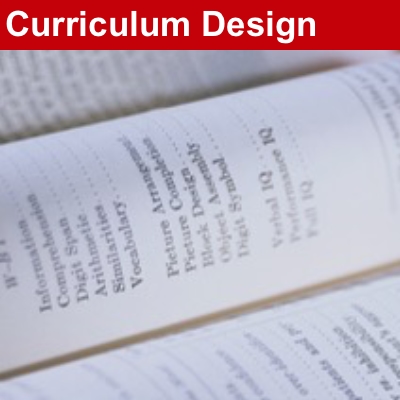Course Introduction
This course is an introduction to the principles of “good writing” and how professional writers achieve it. Genre Writing (GW) takes a genre-based approach to writing, so you will learn how to compose short but complex texts for different audiences and purposes and within different genres
GW has been specially designed for intermediate (B1+) English-language learners and to better prepare EFL teachers and materials developers to meet these three professional writing demands:
- creating teaching texts and material (from scratch/with the aid of AI applications).
- adapting coursebook reading passages for more effective classroom use.
- evaluating, revising, and editing AI chatbot generated texts.




